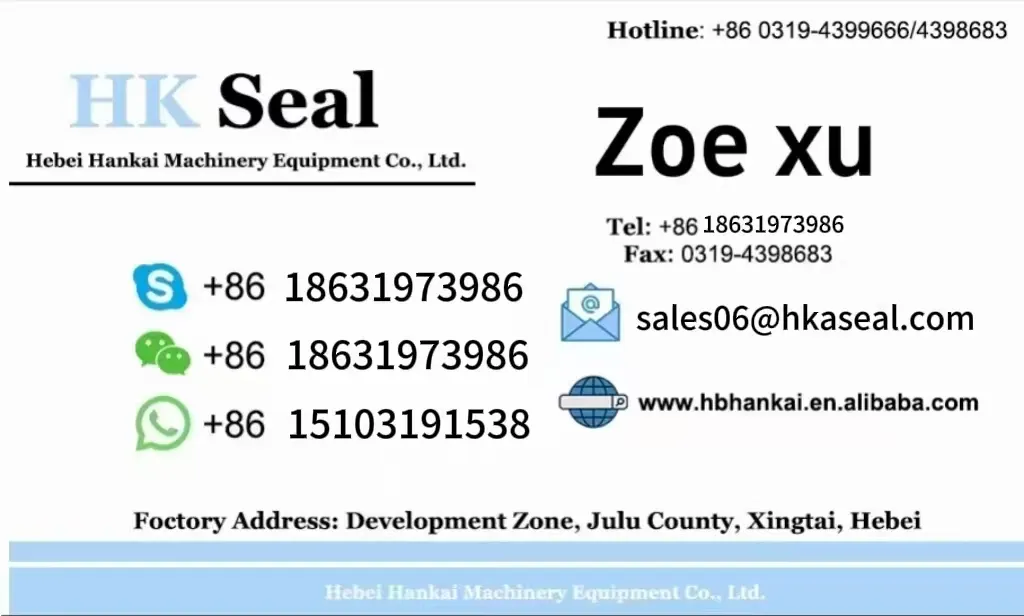Nov . 02, 2024 15:04 Back to list
piston wiper ring
Understanding Piston Wiper Rings Essential Components for Engine Efficiency
Piston wiper rings play a crucial role in the operation of internal combustion engines, often overlooked yet vital for the efficiency and longevity of machinery. These components are primarily designed to manage the relationship between the piston and the cylinder wall, ensuring optimal performance. By understanding their function, construction, and significance, one can gain insights into the intricate workings of an engine.
At its core, the piston wiper ring serves to prevent oil from entering the combustion chamber while allowing for the effective removal of excess oil from the piston surface. Positioned in the piston groove, wiper rings glide against the cylinder wall as the piston moves up and down. This action counters the oil's natural tendency to migrate into areas where it can contaminate fuel combustion. Without effective wiper rings, oil can enter the combustion zone, leading to detrimental effects such as increased emissions, reduced power, and potential engine damage.
The construction of piston wiper rings typically involves advanced materials that can withstand high temperatures and pressures. Common materials include coated metals, polymer composites, and special alloys. These materials are chosen for their durability and resistance to wear and tear. Moreover, modern advancements in manufacturing technology have allowed for the production of wiper rings with precise dimensions and surface finishes, further improving their function and longevity.
piston wiper ring

One of the key properties of a wiper ring is its ability to maintain the right level of oil in the cylinder without excessively scraping it off. This balancing act is critical; too much oil can lead to carbon build-up, while too little can result in inadequate lubrication, causing friction and wear. Therefore, the design of the wiper ring is paramount—its width, profile, and material properties must all serve to optimize this balance.
In recent years, the automotive and machinery industries have focused on enhancing the efficiency of piston wiper rings. This includes innovations such as improving the sealing abilities of the rings and developing self-adjusting features to accommodate wear over time. These enhancements lead to better engine performance, increased fuel efficiency, and lower emissions, which are critical factors in today’s environmentally conscious market.
The maintenance of piston wiper rings also plays a vital role in overall engine health. Regular inspections and timely replacements can prevent significant mechanical failures and costly repairs. Engine owners and manufacturers are urged to follow maintenance schedules and use quality products to ensure that their piston systems remain in optimal condition. This proactive approach not only extends the life of the engine but also enhances its performance.
In conclusion, piston wiper rings are integral components that directly impact engine efficiency and performance. Through their ability to control oil flow, they ensure effective combustion and optimal engine operation. As technology advances, ongoing innovations in the design and materials of wiper rings promise to further enhance their effectiveness. For anyone involved in engine maintenance or design, understanding the function and importance of piston wiper rings is essential for achieving superior performance and reliability in internal combustion engines.
-
TCN Oil Seal Metal Ring Reinforcement for Heavy Machinery
NewsJul.25,2025
-
Rotary Lip Seal Spring-Loaded Design for High-Speed Applications
NewsJul.25,2025
-
Hydraulic Cylinder Seals Polyurethane Material for High-Impact Jobs
NewsJul.25,2025
-
High Pressure Oil Seal Polyurethane Coating Wear Resistance
NewsJul.25,2025
-
Dust Proof Seal Double Lip Design for Construction Equipment
NewsJul.25,2025
-
Hub Seal Polyurethane Wear Resistance in Agricultural Vehicles
NewsJul.25,2025
-
The Trans-formative Journey of Wheel Hub Oil Seals
NewsJun.06,2025
Products categories
















